Why Use White Balance Lens Cap?
Photography is an art that relies heavily on the manipulation of light and color to create visually appealing images. One of the critical aspects of achieving accurate color representation in photographs is white balance. White balance ensures that the colors in your photos appear natural and true to life, regardless of the lighting conditions. While there are various methods to achieve proper white balance, one tool that has gained popularity among photographers is the white balance lens cap. In this article, we will explore the importance of using a white balance lens cap, how it works, and the benefits it offers to photographers.
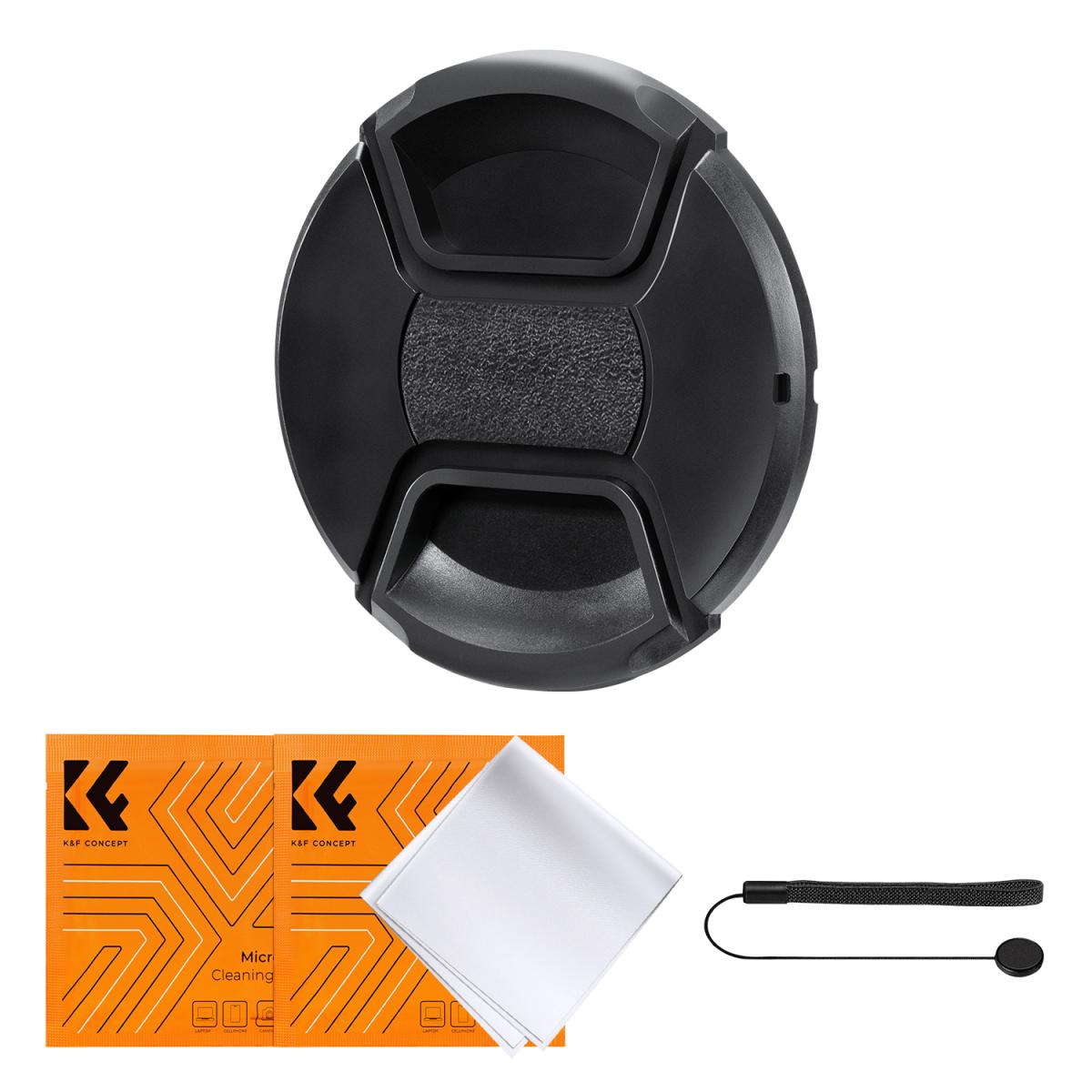
What is White Balance?
Before delving into the specifics of a white balance lens cap, it is essential to understand what white balance is and why it matters. White balance is a camera setting that adjusts the colors in your photos to match the color temperature of the light source. Different light sources emit light at different color temperatures, measured in Kelvin (K). For instance, daylight has a color temperature of around 5500K, while tungsten light bulbs emit a warmer light with a color temperature of approximately 3200K.
When the white balance is correctly set, white objects in your photos will appear white, and other colors will be accurately represented. If the white balance is off, your photos may have an unnatural color cast, such as a blue or yellow tint, which can detract from the overall quality of the image.
The Role of a White Balance Lens Cap
A white balance lens cap is a simple yet effective tool designed to help photographers achieve accurate white balance. It is a translucent cap that fits over the front of your camera lens. The cap is made from a material that diffuses light evenly, allowing the camera to measure the color temperature of the ambient light accurately.
How to Use a White Balance Lens Cap
Using a white balance lens cap is straightforward and can be done in a few simple steps:
1. Attach the Cap: Place the white balance lens cap over the front of your camera lens. Ensure that it fits securely and covers the entire lens.
2. Set the Camera to Custom White Balance: Most cameras have a custom white balance setting. Refer to your camera's manual to locate this setting and select it.
3. Take a Reference Shot: Point your camera towards the primary light source in your shooting environment and take a reference shot with the white balance lens cap in place. This shot will serve as a reference for the camera to determine the correct white balance.
4. Set the Custom White Balance: Access the custom white balance menu on your camera and select the reference shot you just took. The camera will use this shot to adjust the white balance settings accordingly.
5. Remove the Cap and Shoot: Once the custom white balance is set, remove the white balance lens cap and proceed with your photography. Your camera will now use the custom white balance settings to ensure accurate color representation in your photos.
Benefits of Using a White Balance Lens Cap
Using a white balance lens cap offers several advantages that can significantly enhance your photography:
1. Accurate Color Representation: The primary benefit of using a white balance lens cap is achieving accurate color representation in your photos. By setting a custom white balance based on the ambient light, you can ensure that the colors in your images appear natural and true to life.
2. Consistency Across Shots: When shooting in varying lighting conditions, maintaining consistent white balance can be challenging. A white balance lens cap allows you to set a custom white balance for each lighting scenario, ensuring consistency across all your shots.
3. Time-Saving: Post-processing can be time-consuming, especially when correcting color casts in multiple photos. By using a white balance lens cap, you can minimize the need for extensive color correction during post-processing, saving you valuable time.
4. Versatility: White balance lens caps are versatile tools that can be used in various lighting conditions, both indoors and outdoors. Whether you are shooting in natural light, artificial light, or mixed lighting, a white balance lens cap can help you achieve accurate white balance.
5. Cost-Effective: Compared to other white balance tools, such as color calibration cards or digital color meters, white balance lens caps are relatively inexpensive. They offer a cost-effective solution for photographers looking to improve their white balance accuracy without breaking the bank.
Practical Applications of a White Balance Lens Cap
To illustrate the practical applications of a white balance lens cap, let's consider a few scenarios where this tool can be particularly useful:
1. Portrait Photography: In portrait photography, accurate skin tones are crucial for creating flattering and natural-looking images. A white balance lens cap can help you achieve the correct white balance, ensuring that your subjects' skin tones are accurately represented.
2. Product Photography: When photographing products, especially for e-commerce or advertising purposes, accurate color representation is essential. A white balance lens cap can help you capture the true colors of the products, making them more appealing to potential customers.
3. Landscape Photography: Natural light can vary significantly throughout the day, affecting the color temperature of your photos. By using a white balance lens cap, you can set a custom white balance for each lighting condition, ensuring that your landscape photos have consistent and accurate colors.
4. Event Photography: Events often take place in environments with mixed lighting, such as indoor venues with artificial lights and natural light from windows. A white balance lens cap allows you to set a custom white balance for each lighting scenario, ensuring that your event photos have consistent and accurate colors.
In conclusion, a white balance lens cap is a valuable tool for photographers seeking to achieve accurate color representation in their photos. By setting a custom white balance based on the ambient light, you can ensure that the colors in your images appear natural and true to life. The benefits of using a white balance lens cap, including accurate color representation, consistency across shots, time-saving, versatility, and cost-effectiveness, make it a worthwhile investment for photographers of all skill levels.
Whether you are a professional photographer or an enthusiast, incorporating a white balance lens cap into your photography toolkit can significantly enhance the quality of your images. By taking the time to set a custom white balance for each lighting scenario, you can capture stunning photos with accurate and vibrant colors, ultimately elevating your photography to the next level.


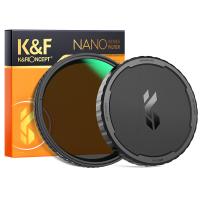
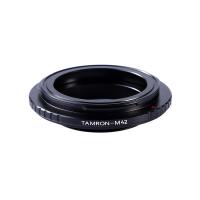
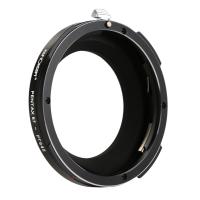
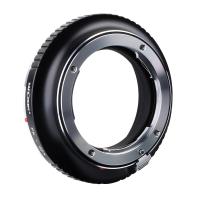
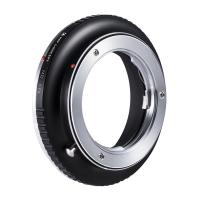
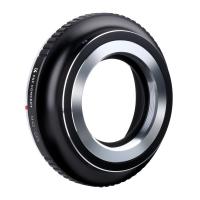

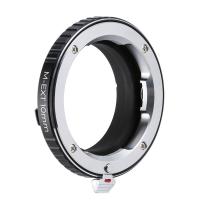
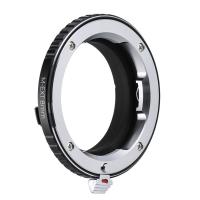








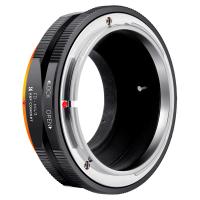

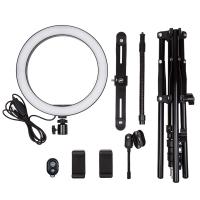
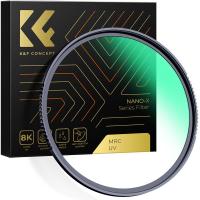
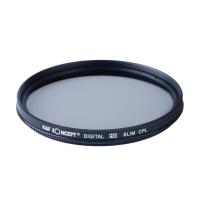


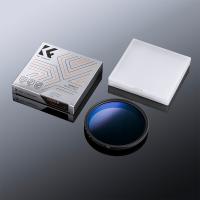
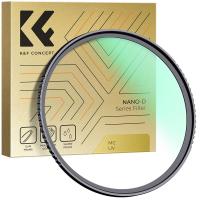





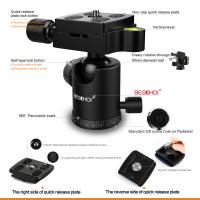




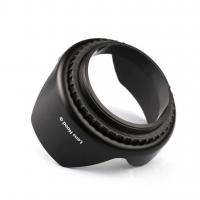

There are no comments for this blog.